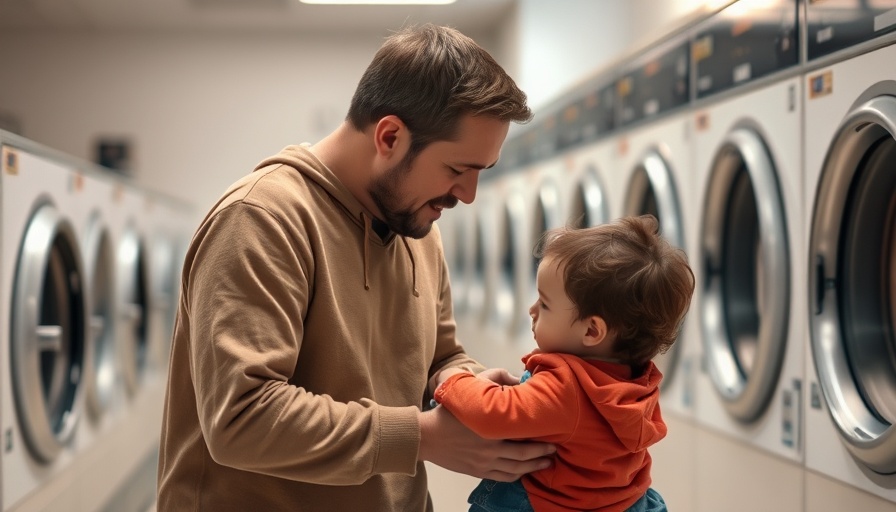
Community Heroes: The Importance of Stepping In
In a recent incident that underscores the value of community vigilance, several MidSouth bystanders intervened when they observed a man inappropriately handling two young children. This courageous act not only prevented further potential harm to the children but also showcased how ordinary individuals can make a significant difference in emergency situations. The bystanders contacted the authorities and remained at the scene until help arrived, demonstrating the critical role of citizen involvement in safeguarding vulnerable members of our community.
Understanding Child Welfare: A Broader Perspective
The troubling reality is that child abuse can occur in many forms, often hidden behind closed doors. According to Child Welfare Information Gateway, inflicting harm on children brings about lifelong psychological and emotional challenges. Those who witness such incidents are often torn between their instinct to intervene and uncertainty about how to appropriately respond. The recent events in the MidSouth highlight the necessity for public awareness and education about recognizing signs of abuse and the proper steps to take when witnessing concerning behavior.
The Social Dynamics of Courageous Interventions
While the actions of bystanders in this incident are commendable, it raises questions about the factors that drive bystanders to take action. Experts suggest that social norms and shared values within a community play a pivotal role as catalysts for intervention. A study published in the Journal of Community Psychology found that individuals who recognize a collective responsibility are more likely to step in during emergencies. Communities that foster openness, trust, and communication tend to empower their members to act, creating a safer environment for everyone.
The Legal Landscape of Child Protection
Understanding child welfare laws is vital for anyone who witnesses potential abuse. In many states, including those in the MidSouth, laws exist that encourage reporting suspected child abuse without fear of retaliation. Those who report, often termed 'mandated reporters,' include educators, healthcare professionals, and even everyday citizens. The actions taken by the bystanders in this incident highlight the importance of having clear and accessible information on how to report suspected abuse, ensuring the legal system supports those who act on behalf of vulnerable children.
What You Can Do: Being a Responsible Neighbor
Witnessing a troubling situation can be daunting, but knowing how to respond can empower individuals to take action. Homeowners and community members can educate themselves about the signs of child abuse, understand their legal obligations, and promote a culture of vigilance within their neighborhoods. Engaging in community safety programs or local discussions about child welfare can also increase awareness and provide a platform for sharing experiences and strategies for intervention.
Future Implications: Cultivating a Culture of Care
As we reflect on incidents like these, there arises an opportunity for communities to come together and strengthen their collective resolve in protecting children. Discussions about child safety should extend beyond reactive measures to proactive community-driven initiatives aimed at fostering trust and open communication among neighbors. By creating a culture where individuals feel encouraged and supported to act, the likelihood of similar incidents occurring can be diminished.
 Add Row
Add Row  Add
Add 



Write A Comment